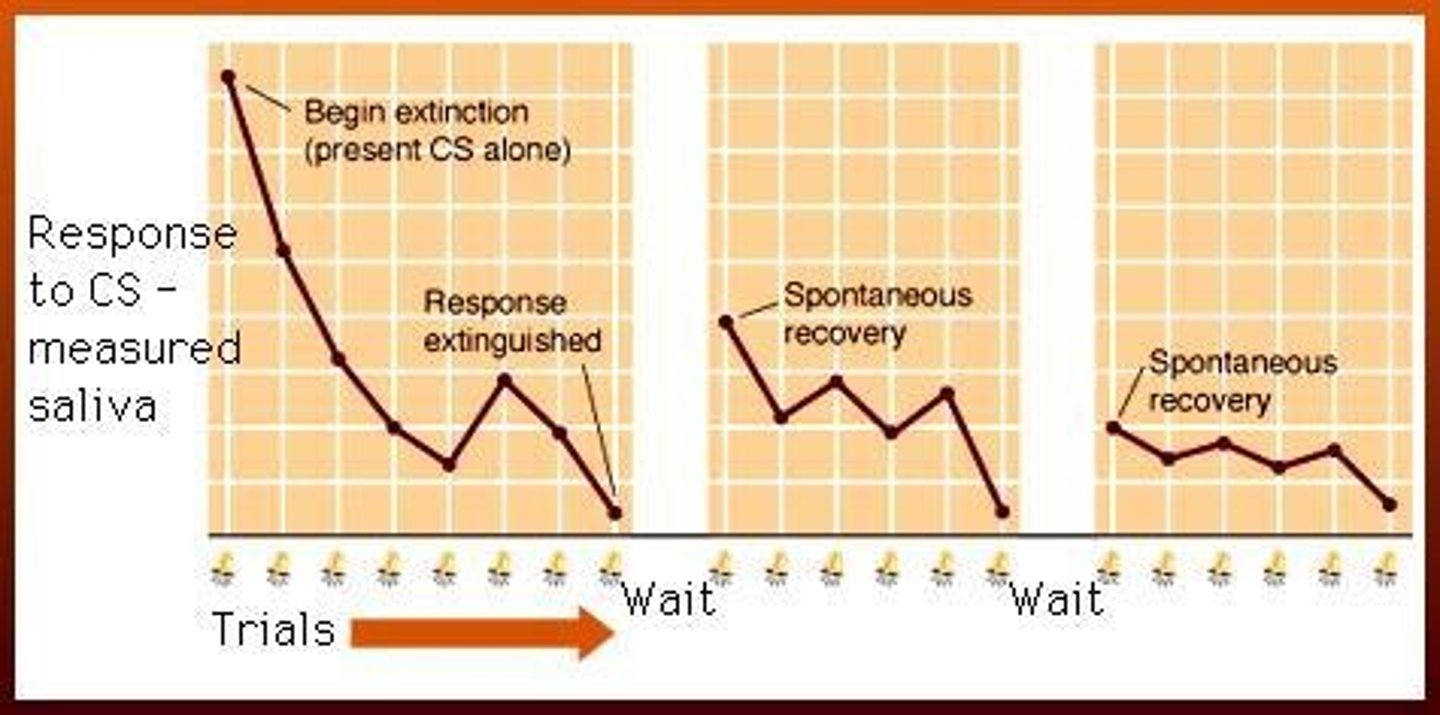Variables Affecting Pavlovian Learning
1/19
There's no tags or description
Looks like no tags are added yet.
Name | Mastery | Learn | Test | Matching | Spaced |
|---|
No study sessions yet.
20 Terms
CS-US Pairings
More pairings lead to increased learning.
Curvilinear Relationship
Learning increases then plateaus with more pairings.
ITI( Intertrial Interval)
gap between trials and leads to better conditioning
Asymptote
Learning eventually reaches a maximum level.
CS-US Contiguity
US must follow CS quickly for effective conditioning.
Delay in Conditioning
Longer delays reduce conditioning effectiveness.
CS-US Contingency
Good conditioning if the CS predicts the US
Contingency Rule
If CS occurs, US should follow; otherwise, no US.
Intertrial Interval (ITI)
Gap between trials affects conditioning strength.
Longer ITI
Longer intervals improve conditioning outcomes.
Relative Duration
Critical for conditioning; absolute duration is less important.
Salience
More intense stimuli condition faster.
Reversing Conditioning
Complete reversal is impossible; but CR can be eliminated. Ex. repeatedly presenting the CS without the US, leading to the weakening of the learned association
Fear Conditioning
Avoiding feared stimuli may reduce fear response.
Extinction
Presenting CS alone decreases CR over time.

Spontaneous Recovery
CR may reappear after extinction period.
Trace Conditioning
CS ends before US starts; effective if gap is small.
Delay Conditioning
CS and US overlap partially during conditioning.
Simultaneous Conditioning
CS and US occur at the same time; ineffective.
Backward Conditioning
US precedes CS; generally produces poor results.